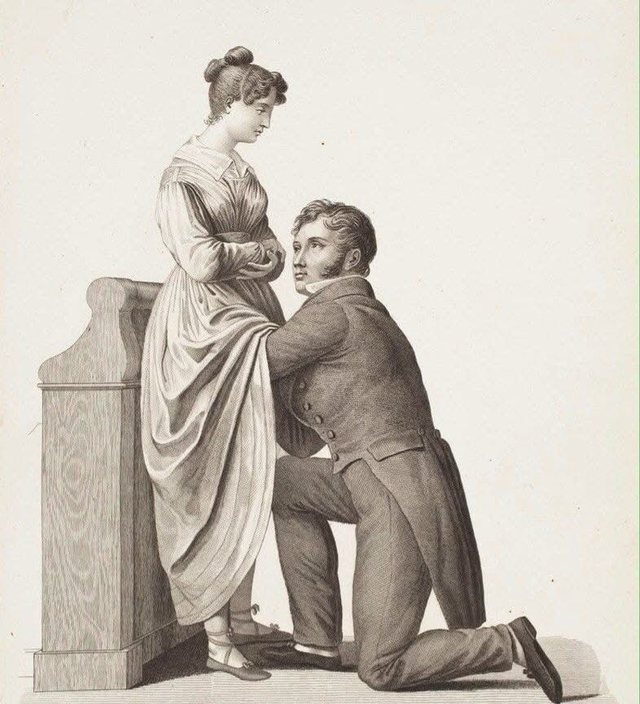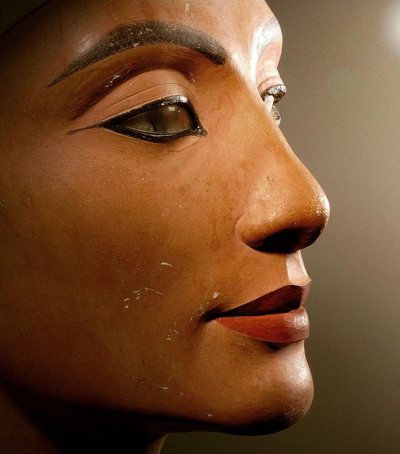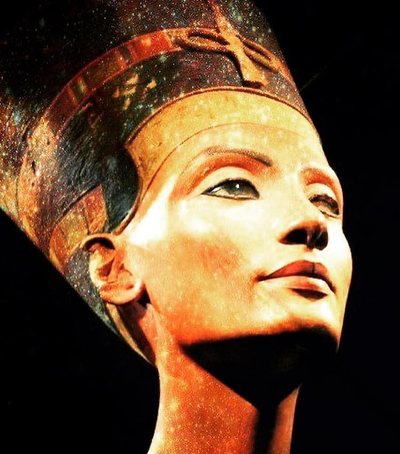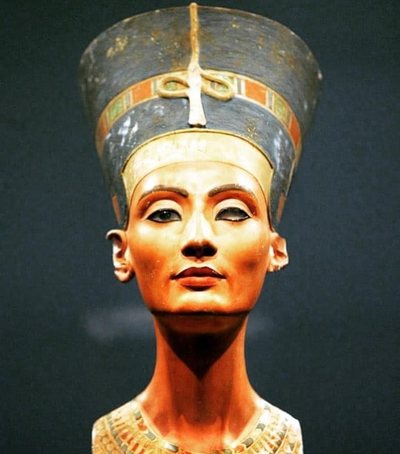
In the past, women who experienced mood swings, melancholy, or symptoms that are now known as anxiety or depression were often diagnosed by doctors with a condition called “hysteria.” This diagnosis came from the Greek word hystera, meaning “womb,” and it was believed that emotional disorders were directly related to the female reproductive organs.
Treatment for “hysteria” was performed in the doctor’s office and consisted of a pelvic massage, which was intended to lead the woman to a so-called “hysterical outburst” – a description of what is now known as an orgasm. At the time, it was believed that this process helped to “reposition” the uterus and return the body to a balanced state.
The demand for this “treatment” grew so much that many doctors felt exhausted and looked for more efficient ways to perform it. As a result, an electrical device was invented that performed the same function, without the need for direct intervention by the doctor. Thus was born the vibrator – initially a medical instrument, intended for therapeutic practices.
At first, this tool was used only in high circles and in a controlled manner. Later, when it began to be widely used by women, it was perceived as a "sinful" object, losing its original meaning and purpose as a medical tool.





